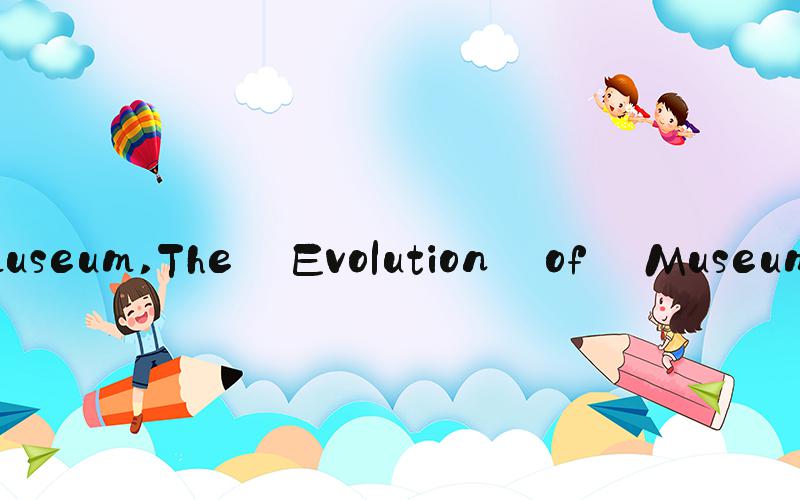 Museum – A Gateway to the Past and Future
Museum – A Gateway to the Past and FutureMuseums are exceptional places to learn about art, culture, science, and history that have intrigued and inspired humans. The very word 'museum' comes from the Greek word 'Mouseion,' which means "a place dedicated to the Muses." Early museums, mostly private collections, served as cabinets of curiosities to uphold the knowledge, skills, and heritage of the world. Today, museums are accessible public institutions that symbolize cultural diversity and highlight global stories.
The Evolution of MuseumsThe first museums, or rather collections, originated in the ancient world, before the founding of libraries, archives, and even schools. The Ptolemies in Alexandria, Egypt, structured one of the largest collections of the ancient world, the Library of Alexandria, with significant writings of Aristotle, Sophocles, and Euripides. Roman emperors collected art, relics, and scientific instruments to display their wealth and power. The royal families of Europe, most notably the Habsburgs and the Medicis, maintained extensive collections of art and antiquities, and eventually founded the first public museums. In 1753, Sir Hans Sloane donated his valuable collection to establish the British Museum, which became a model for many national institutions worldwide.
The Vital Role of MuseumsMuseums play multiple roles in society, including preservation, education, inspiration, research, and community engagement. They conserve artifacts and specimens that represent the social, cultural, and natural heritage of humanity. They educate visitors on art, history, and science to foster lifelong learning and critical thinking. They inspire creativity, imagination, and cultural empathy through exhibitions, events, and programming. Museums also conduct research, challenge assumptions, and inform public opinion on complex and controversial issues. Finally, they engage with communities, promote inclusivity, and contribute to social, economic, and environmental sustainability.
Museums and TechnologyTechnology has transformed the museum experience both on-site and online. Digital tools such as virtual reality, augmented reality, 3D printing, and interactive displays have enhanced the way visitors interact with exhibits and collections. Museums can reach wider audiences with their content through virtual tours, online exhibitions, and social media. They can also collect and analyze data to improve visitor experience and better understand their audiences' preferences and interests. The pandemic has further accelerated the use of digital platforms, and the integration of technology into museums is becoming an essential aspect of their operations and strategies.
The Future of MuseumsThe future of museums is optimistic with newer challenges and opportunities. Museums are rethinking their roles and responsibilities in today's global and digital landscape. They are becoming more audience-centered and inclusive, with the emphasis on empathy, dialogue, and community engagement. They are also collaborating with other museums, institutions, and sectors to address pressing global issues such as climate change, social justice, and mental health. The digital transformation of museums is opening up new possibilities for storytelling and innovation, but museums also need to ensure that they preserve their essential values and functions. The future demands museums that are adaptive, sustainable, and accessible to everyone.
In ConclusionIn conclusion, museums are more than their collections and exhibits. They are gateways to the past and future, connecting us to our heritage and inspiring us to imagine and create a better world. Museums are vital institutions that serve society by preserving, educating, inspiring, researching, and engaging with communities. They are also dynamic organizations that can integrate technology, collaborate, and innovate to achieve their goals. The museum experience will continue to evolve, but what remains constant is the impact museums have on individuals and societies.
